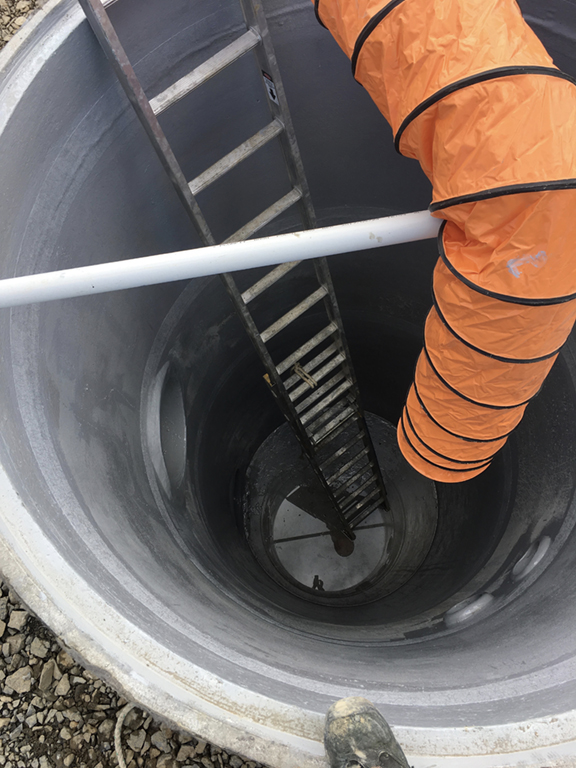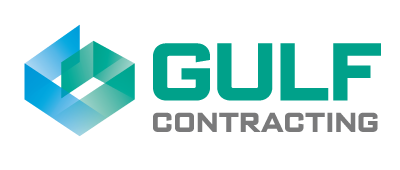Gulf Contracting is skilled at work in confined spaces where worker safety is essential.
WorkSafe New Zealand accepts AS 2865 Confined spaces as the current state of knowledge on confined space entry work. Anyone who carries out confined space work needs to be familiar with the standard, and should have specialist training as well.
The Gulf team is trained and certified in this difficult type of work, with every potential issue considered and managed.
What is a confined space?
A confined space:
- is an enclosed or partially enclosed space and
- is not intended or primarily designed for human occupancy and
- may present a risk from one or more of the following at any time: unsafe concentration of harmful airborne contaminants
- unsafe concentration of flammable substances
- unsafe levels of oxygen
- substances that can cause engulfment, and
- may have restricted means for entry and exit.
Examples include: storage tanks, tank cars, process vessels, boilers, silos, pits, pipes, sewers, shafts, ducts and shipboard spaces.
What does the standard require?
The standard follows the approach of the Health and Safety at Work Act 2015 (HSWA). It requires persons conducting a business or undertaking (PCBUs) to:
- identify the hazards associated with working in the confined space and conduct a risk assessment
- control the risks posed by the hazards by:
- elimination
- minimisation, if elimination isn’t reasonably practicable.
Some of the hazards of confined spaces include:
- Oxygen-deficient atmospheres, which can cause unconsciousness, brain damage and death.
- Oxygen deficiency can be caused by rust, fire, absorption by grain or soils, consumption by bacteria, or displacement by another gas.
- Toxic atmospheres, containing gases, vapours, dusts or fumes that have poisonous effects on the body. Cleaning, painting or welding may produce dangerous vapours and fumes.
- Flammable or explosive atmospheres, containing flammable gases, vapours or dusts which could be ignited by a spark or open flame. The risk of explosion or spontaneous combustion is increased if an oxygen-enriched atmosphere exists (where the oxygen content is greater than 23.5%).
- Engulfment – workers can be trapped or buried by bulk materials such as grain, sand, flour, fertiliser and sawdust.
- Operation of moving parts, eg being trapped or crushed by augers, mixers, agitators or conveyor belts).
- Uncontrolled introduction of steam, water, or other gas or liquid.
- Other hazards could result from the work being done (eg noise, extremes of temperature, radiation, manual handling and falls).
Gulf provides training for all workers who may be involved in confined space work to ensure they have the skills to safely do this work, including the creation of a site-specific emergency procedure and emergency equipment for every confined space job.


